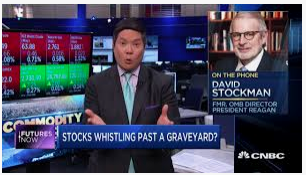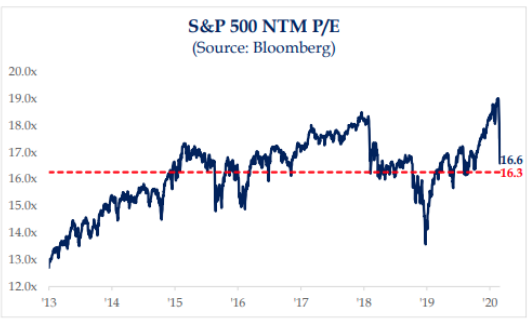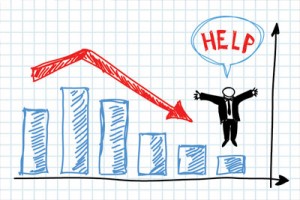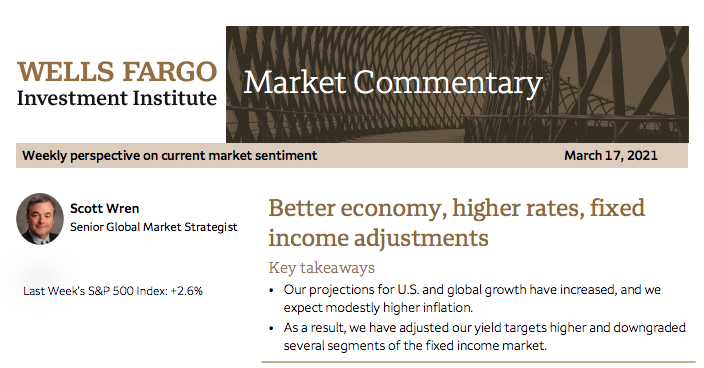
Over the last couple of weeks, we have made adjustments to guidance and targets in a number of different asset classes including equities and fixed income. We meaningfully increased our expectations for economic growth here at home and also adjusted upward projections for multiple global regions and overall world growth. That was the foundation on which the resulting adjustments to our recommendations and year-end targets were built. Our targets and earnings projections for the major domestic equity indexes rose along with our expectations on where the yield on the 10-year Treasury note might be as the calendar gets ready to roll over into 2022. We also increased our expectation on where the commodities complex, as gauged by the Bloomberg Commodity Index (BCOM), would finish out the year.
The financial media have been beating the higher-interest-rate and inflation drums in recent months and, largely, the “glass is half empty” take on the potential market effects. But, in our opinion, interest rates and inflation are going up for the right reasons. Note that particularly early in a new economic cycle, interest rates and inflation have risen as economic activity picks up. And particularly in this case, where the economy is recovering from a very deep but short-lived recession sparked by the pandemic outbreak early last year. Demand for everything from labor to raw materials to finished goods is on the rise. That means the price of goods and services and the cost of borrowing money also typically crawl higher.
This improving economic scenario has implications for the fixed income market. From a Treasury security perspective, we have moved the midpoint of our year-end 2021 target range up to 2% from 1.5% for the 10-year note and up to 2.75% from the previous 2.25% for the 30-year bond. Even so, these targets are not much above their values before the pandemic began. Put another way, rising rates (and inflation too) look to be recovering end-2019 values, not starting a new inflation cycle with much higher rates.
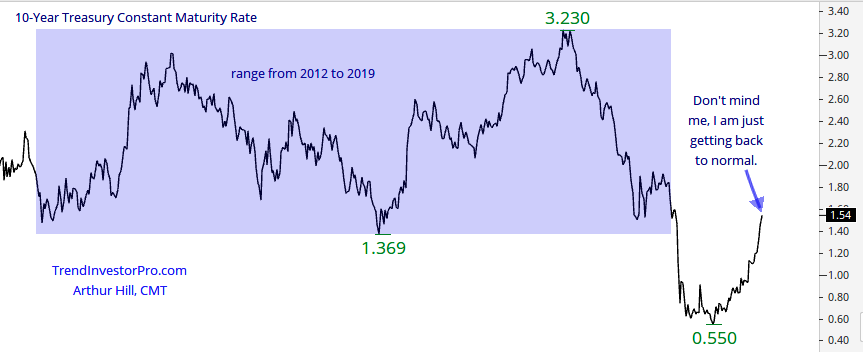
In addition, we upgraded the high-yield segment of the fixed income market last April. Like small-capitalization equities, high-yield bonds have typically outperformed early in a cycle as investors are more willing to take on risk as the economic skies clear or are anticipated to clear. And that has indeed been the case as high-yield spreads have collapsed from around 1,100 basis points (100 basis point equals 1%) in late March of last year to the current level of approximately 315 basis points. The current spread is in line with prepandemic levels. As a result, we have taken our rating for this subsegment of the fixed income market down to a neutral rating from favorable. The improving economic outlook has also helped compress spreads in the high-yield municipals, investment-grade credit, and corporate fixed income subsegments. We have taken these down to neutral from favorable as well.
The bottom line is we prefer to move funds out of fixed income toward equities, particularly U.S. large- and small-caps, as well as emerging markets due to our more positive outlook on global growth.



